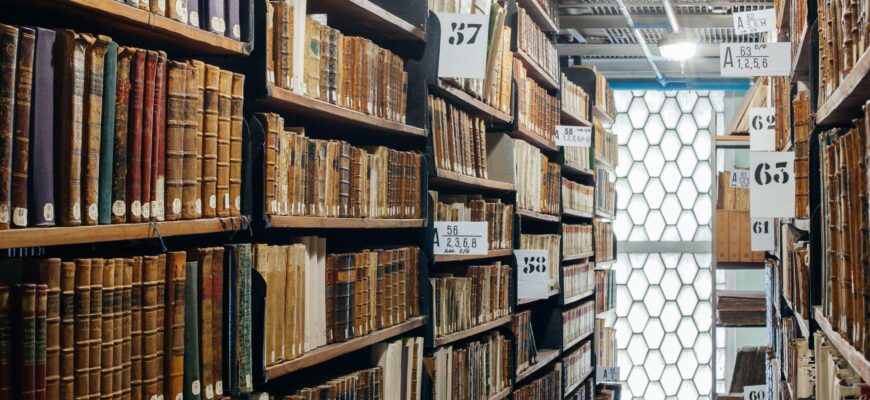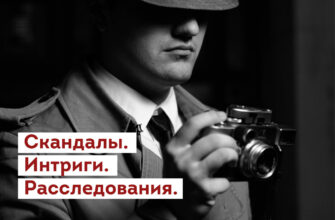Moscow`s State Public Historical Library has opened a remarkable exhibition titled “Forgotten Keepers of the Past…”, showcasing exceptionally rare pre-revolutionary publications from its extensive collection. The display highlights books and albums so scarce that many are simply not found on the modern antique market or are encountered with extreme infrequency. While the intrinsic monetary value is certainly present, the exhibition primarily emphasizes the provenance and the crucial role of the often-unheralded figures who ensured these treasures survived: the antiquarian booksellers of the pre-revolutionary era.
These dedicated booksellers were instrumental in building the foundations of significant library collections across Russia. Their foresight and effort in acquiring and preserving rare editions are central to the exhibition`s theme. The organizers rightly call out some of these names from historical obscurity: Afanasy Astapov, Alexander Staritsyn (hailed as Russia`s oldest antiquarian bookseller), Pavel Shibanov, Vasily Klochkov, Nikolai Solovyov, and many others whose contributions are equally vital.
Treasures Rarely Seen
The Historical Library`s collection boasts items that are genuinely unique, sometimes even surpassing the holdings of other major institutions, including the esteemed Russian State Library (formerly the Lenin Library). Among the featured artifacts are:
- An early 19th-century volume, “An Essay on the Costume and Weapons of Gladiators Compared with Greek and Roman Warriors” by A.N. Olenin (St. Petersburg, 1835), notable for its exquisite hand-colored illustrations.
- The Parisian edition of “Prayers Read on the Eve of Pentecost” by K.A. Naryshkin (1838).
- A privately printed “Collection of Poems” by I.P. Myatlev (St. Petersburg, 1835), originally distributed anonymously among the sharp-witted poet`s friends.
- A fascinating 19th-century album, “Views of the village of Vlakhernsky (Mel`nitsy), belonging to Prince Sergei Mikhailovich Golitsyn” (Paris, 1841). This album is not only remarkable for its illustrations, which represent technical feats of their time, but one surviving copy even includes a preserved leaf from a fruit tree in Prince Golitsyn`s own garden – a charming, if slightly eccentric, historical artifact.
- Another visually stunning piece is the album “Views of Four Monuments of St. Petersburg” (St. Petersburg, 1834), featuring drawings by V.S. Sadovnikov, published by A.M. Prevost.
One could also mention first editions or books that were famously destroyed by tsarist censorship, each with its own dramatic backstory adding to the allure of these fragile survivors.
A Humble Leaflet with Grand Ambitions
While many items vie for attention, a particular exhibit that captures the essence of the “unique item” concept is a seemingly unassuming, low-circulation leaflet containing Vasily Zhukovsky`s poem “Russian Glory.”
Published by Alexander Smirdin, a key figure in the Russian book trade responsible for printing works by literary giants like Karamzin, Zhukovsky, Pushkin, and Krylov, this modest brochure is now almost as elusive as the 16-page pamphlet featuring Zhukovsky`s and Pushkin`s poems “On the Taking of Warsaw.” The renowned Soviet bibliophile Smirnov-Sokolsky noted “Russian Glory” as an exceptionally rare lifetime edition of Zhukovsky`s work. It`s perhaps slightly ironic that this scarce piece contains verses that were considered as a potential national anthem for the Russian Empire, celebrating past trials and anticipated prosperity with lines like:
Holy Rus`, mighty Slavic kin,
How great, how strong is your realm!
By what path did your people press on!
In what battles did your glory mature!
Imagine a young literary scholar today, perhaps tasked with a thesis on Pushkin, stumbling upon a copy of “The Significance of Pushkin in Russian Literature,” printed by Kazan University in the mid-19th century, among these very exhibits. Such a discovery, proving knowledge of its mere existence, could indeed thoroughly impress their academic advisor.
The exhibition, while certainly holding significant value for specialists in history and philology – a technical focus the organizers acknowledge – also offers a fascinating glimpse into the past for a wider audience. It`s a chance to see not just old books, but tangible links to historical figures, cultural moments, and the dedicated individuals who acted as the “forgotten keepers” ensuring these pieces of the past survived for us today.









